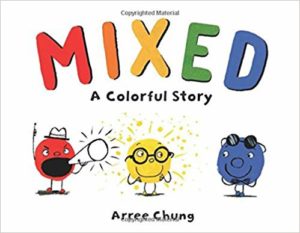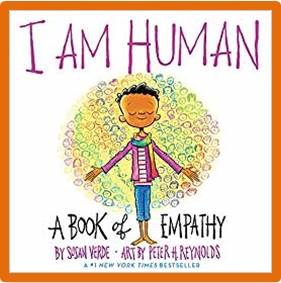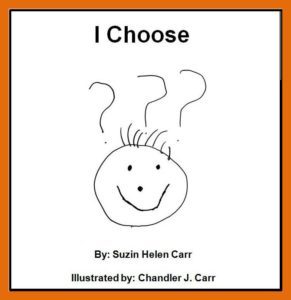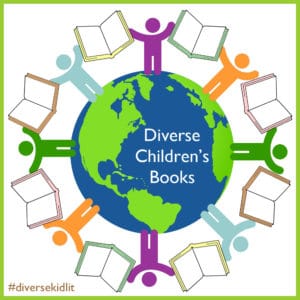Greenhorn written by Anna Olswanger and illustrated by Miriam Nerlove introduces young readers to a difficult yet important subject: the Holocaust. It is best read with a parent as the story touches on some of the horrific atrocities perpetrated by the Nazis. It depicts the healing power of friendship in the face of unimaginable tragedy.
The story focuses on a handful of boys in a Brooklyn yeshiva in 1946. Daniel, an orphan whose parents were killed by the Nazi’s, comes to reside at the school and room with the boys already crowded into its tiny space. Several of the boys view the new arrival with reluctance. He’s an unknown quantity that they view with distrust and suspicion, a boy with a history and a box— literally. Led by Hershel the biggest boy in the group, they tease Daniel for his lack of English and bully him frequently. Obsessed with the box which Daniel always keeps with him, they bully him constantly trying to force him to reveal its contents.
Aaron, however, tries to take Daniel under his wing. Being a stutterer has helped shape Aaron into a sensitive and compassionate boy. He understands fear, embarrassment and the power of hope; in spite of his stutter, Aaron dreams of becoming a rabbi like his own father. He consistently defends Daniel from the cruelties of the other boys and works to earn Daniel’s trust and friendship. Asserting that friends don’t keep secrets, Aaron tells Daniel of his dream to become a rabbi. a dream that seems impossible for a boy that stutters.
Aaron hopes that his gift of trust will help Daniel to open up to him. Daniel keeps the secret of his box to himself. Until one day the box falls and the contents spill out. To Aaron, the hidden treasure appears to be a rock. Eventually, readers learn a heartbreaking fact. The box holds a hunk of soap which the Nazi’s created from human fat. Daniel treasures it because he believes that it possibly is made from his parents. It is his way of keeping his dead parents close.
Aaron proves himself a good friend and Daniel eventually comes to live with Aaron’s family. The story is loosely based on the life of Rabbi Rafael Grossman. It provides a great way to discuss how hate, cruelty, bias, and bullying shape our lives and beliefs. It also reveals the power of being an “I-stand-er” like Aaron instead of a bystander who remains silent in the face of bullying.
A copy of this book was gifted to me for the purpose of providing an unbiased review for the Multicultural Children’s Book Day 2020 event (1/31/20). Greenhorn was published by New South Books.
#ReadYourWorld

· Free Multicultural Books for Teachers
· Our New FREE Teacher Classroom Physical and Developmental Challenges Kit
· Free Empathy Classroom Kit for Homeschoolers, Organizations, Librarians, and Educators
· Free Understanding Developmental & Physical Challenges Classroom Kit
TWITTER PARTY! Register here

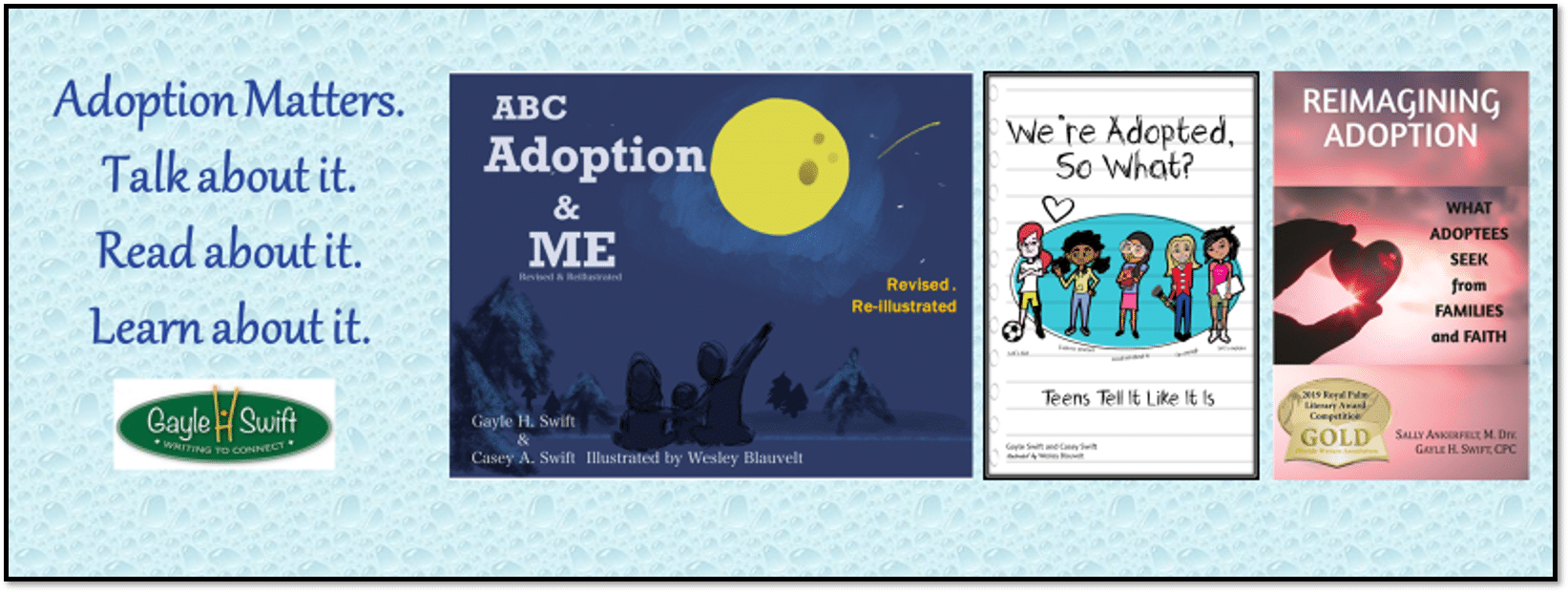


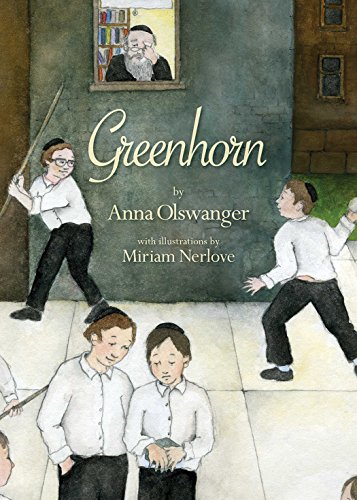
 With wry humor, parents often observe their children’s fascination with the packaging in which a toy arrives. Sometimes kids find the box more entertaining than the gift because it can engage their imagination in innumerable ways, limited only by their creativity. Long after an expensive gift has lost its appeal a box has the potential to be reinvented into something new, engaging, and personally relevant.
With wry humor, parents often observe their children’s fascination with the packaging in which a toy arrives. Sometimes kids find the box more entertaining than the gift because it can engage their imagination in innumerable ways, limited only by their creativity. Long after an expensive gift has lost its appeal a box has the potential to be reinvented into something new, engaging, and personally relevant. 

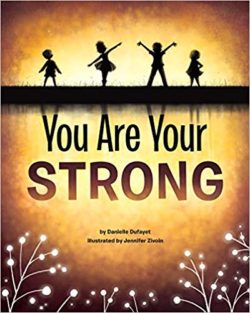 Emotions reflect the gamut of human experience. They include a spectrum from frigid despair, to scalding anger, immobilizing fear, to unbridled joy. Every emotion has value, serves a purpose, and bears expressing. Sometimes emotions can disrupt or overwhelm. Regulating emotions takes skill even for adults. Children benefit from learning how to express and manage emotions in a safe and healthy way, how to name them, how to talk about them, and how to express them. This ability is an important element of Emotional Intelligence.
Emotions reflect the gamut of human experience. They include a spectrum from frigid despair, to scalding anger, immobilizing fear, to unbridled joy. Every emotion has value, serves a purpose, and bears expressing. Sometimes emotions can disrupt or overwhelm. Regulating emotions takes skill even for adults. Children benefit from learning how to express and manage emotions in a safe and healthy way, how to name them, how to talk about them, and how to express them. This ability is an important element of Emotional Intelligence.



 AQ Lens
AQ Lens